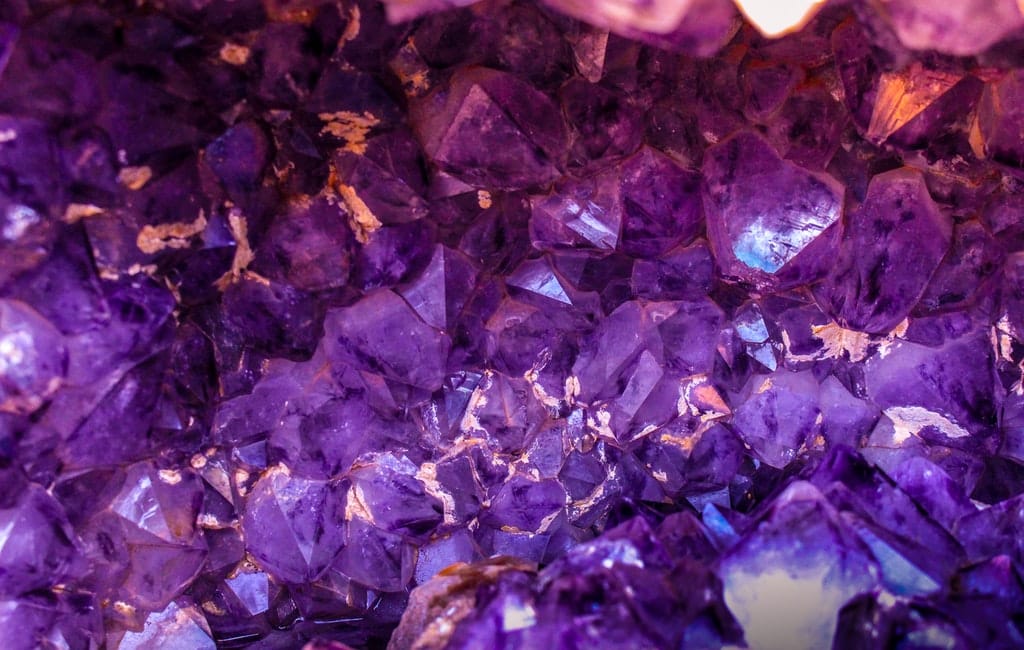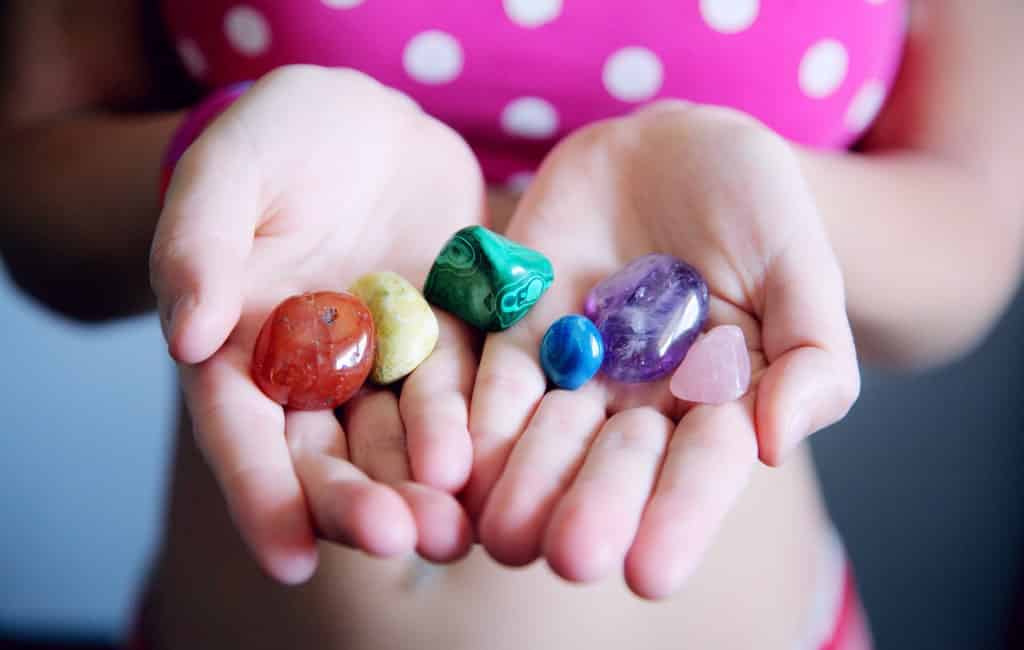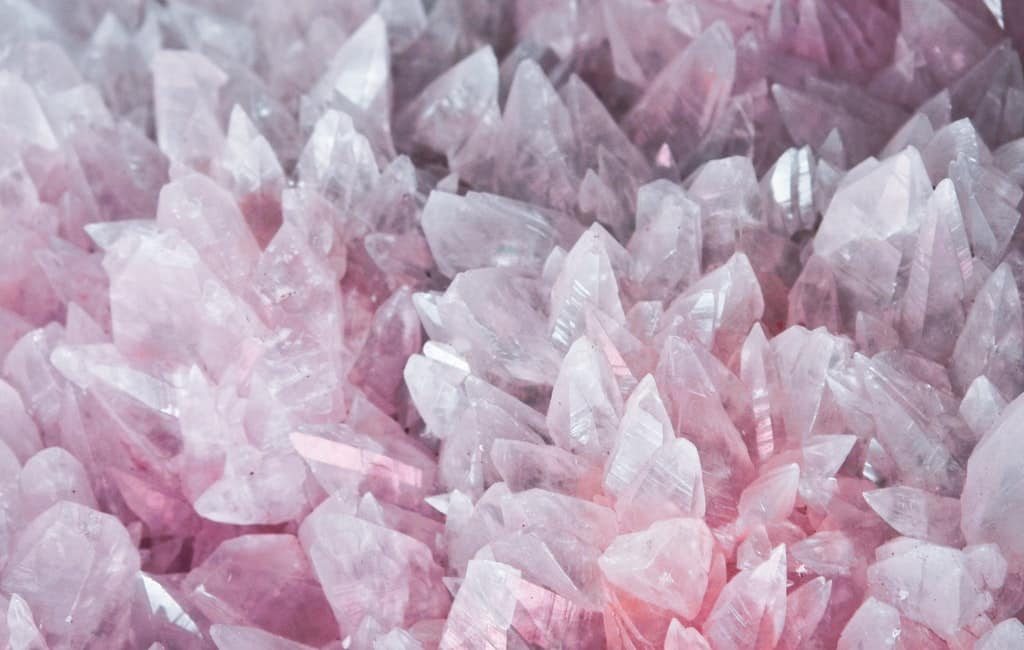Gems – also known as fine gems or gemstones – are mineral deposits in the form of crystals which are formed deep beneath the earth’s crust. Gems are usually called precious stones because they are mineral deposits in crystal forms that can be cut and polished to form substances which shine and have luster. Due the inherent beauty of gems, they are usually used by jewelers to form jewelry such as chains, earrings and rings. Some stones have been part of cultural histories of certain places for so long that certain cultural and religious importance has been ascribed to them.
WHAT DO GEMS STAND FOR?
Gems have been around for millions and billions of years (even the process of their formation takes place over millions and billions of years). There are also several of them which occur naturally all over the world in specific designated areas (diamonds, for instance, can only be found in 35 known countries around the world including Botswana, South Africa and Democratic Republic of Congo). Over millennia gems have come to hold different meanings in different parts of the world, and some of them have cultural and religious meanings (particularly in pagan religions). Some of them include the following:

- Garnet
The gemstone garnet is a group of silicate minerals which have been used as gemstones since the Bronze Age. They have also been used as abrasives. They occur in all colors; however, the blue ones are usually the rarest. Garnets are the gemstones of January and it in Persia, it is considered a form of protection or talisman against natural forces such as lightning and storms. It is also said that garnet could alert people to approaching danger by turning pale.
- Amethyst
Amethyst is the violet form of quartz which is culturally said to protect its wearer from drunkenness in ancient Greek. It is the birthstone of the month of February. Amethyst used to be very valuable, however after large deposits of it were discovered in Brazil, it became a semi-precious stone.
- Aquamarine
Aquamarine is a variety of beryl which is light green or pale-blue in color (the color can be changed by heat). It is a fairly common gemstone. However, a variant of it, maxixe is rare. Due to the fact that aquamarine is very common in nature, it is not very expensive. However, it is more expensive than blue topaz. Its naturally blue variants are very expensive. Culturally, aquamarine also holds a lot of importance. It is usually regarded as the birth stone of March, and is often seen as the symbol of youth and happiness because of its color. The ancient Romans held the belief that aquamarine could protect its wearers who were about to cross the ocean from accidents at sea. Aquamarine is also the state gem for the American state, Colorado.
- Diamond
A diamond is the sold form of the element known as carbon. It is the hardest known substance on earth and can be found in only 35 countries across the world. Diamonds have a rich cultural history and popularly symbolize true, abiding love. They are also said to symbolize long life and good health. Spiritually, they are said to bestow rationality and clarity, and they the birthstone of the month of April.
- Emerald
Emerald is a gemstone – or precious stone – which is a variant of beryl. Emeralds are formed when beryl is exposed to traces of chromium or vanadium. Emeralds are usually sorted into tiers of quality based on their clarity, cut, color and carat values. Culturally, it is regarded as the birthstone for the month of May. It is also thought to provide life affirmation and calm to a person’s soul. Some people around the world also claim that the emerald is a stone that brings patience, balance, wisdom and inspiration to a person, even as it promotes domestic bliss, friendship, harmony and bliss.
- Alexandrite
Alexandrite is a gemstone that is a variant of the mineral called chrysoberyl. It changes color based on the type and intensity of light that shines upon it; therefore it is green by day and red by night. Alexandrite is a rare gemstone because of its unique chemical composition. It is the birthstone for the month of June and it is also the stone that is used in marking a person’s 55th wedding anniversary.

- Ruby
Ruby is a gemstone whose color ranges from pinkish- red to blood red. It is one of the major precious stones around the world and is of very high value. As with other precious stones the quality of a ruby depends majorly on four main characteristics which are its cut, clarity, color and carat. It is the birthstone of the month of July and is usually highly regarded in many Asian cultures. Some people claim that rubies promote the health, wealth and knowledge of its wearer.
- Sapphire
This is a precious stone that is a variety of the mineral known as corundum (the red version of this metal is known as a ruby). Apart from being found naturally, sapphires can also be grown in brilliant shades of blue artificially in laboratories. It is the birthstone for the month of September and some people believe that objects made of sapphire (or the stone itself) imbues the wearer with blessings, abundance and gifts. Culturally, sapphires also signify royalty.
- Citrine
Citrine is a very popular variant of quartz crystal which is yellow, golden or amber in color. It is usually used in feng shui to promote positivity and optimism in its wearer. It can also be used to promote confidence. Natural citrine is relatively rare, as most of the “citrine” available in global markets is actually heat-treated amethyst. It is the birthstone for the month of November.
- Topaz
Topaz is a common gemstone which is used in jewelry making and in the production of ornaments. In its natural form, topaz is colorless, however – usually – colors arise due to impurities which may be physical or chemical in nature. Therefore, topaz can be green, pink, reddish-orange, purple or deep blue. It is the birthstone of November and it is usually used to symbolize strength and honor. Some people believe that topaz imbues its wearer with wisdom and longevity.

